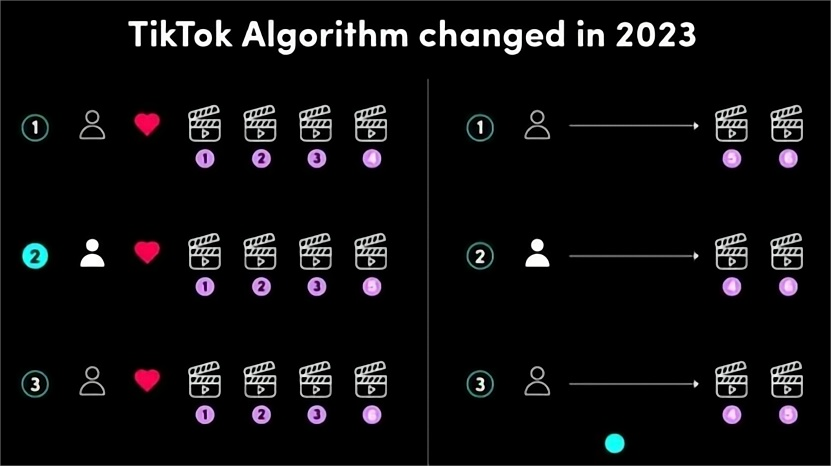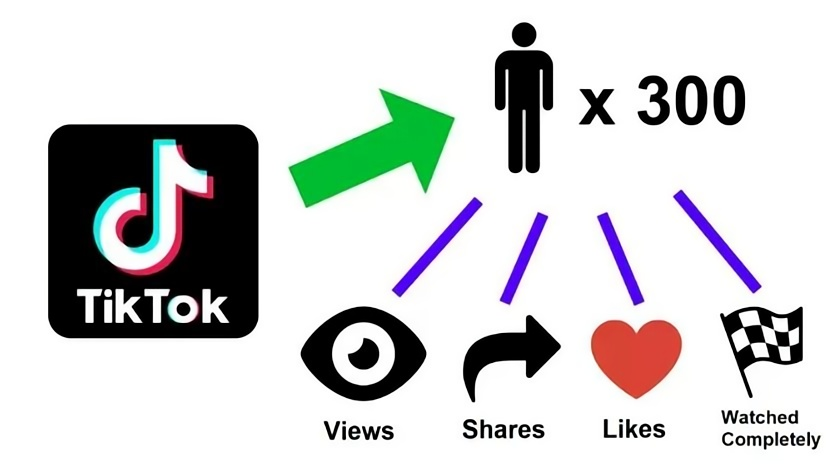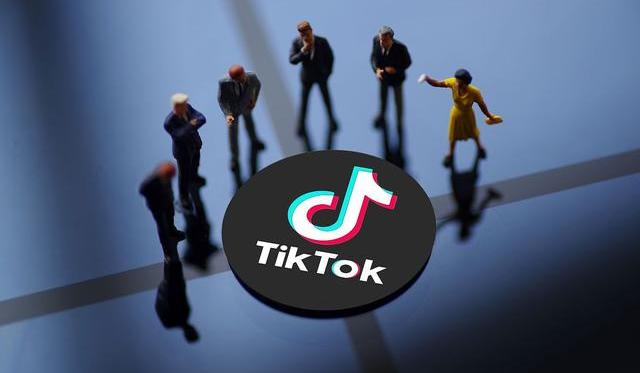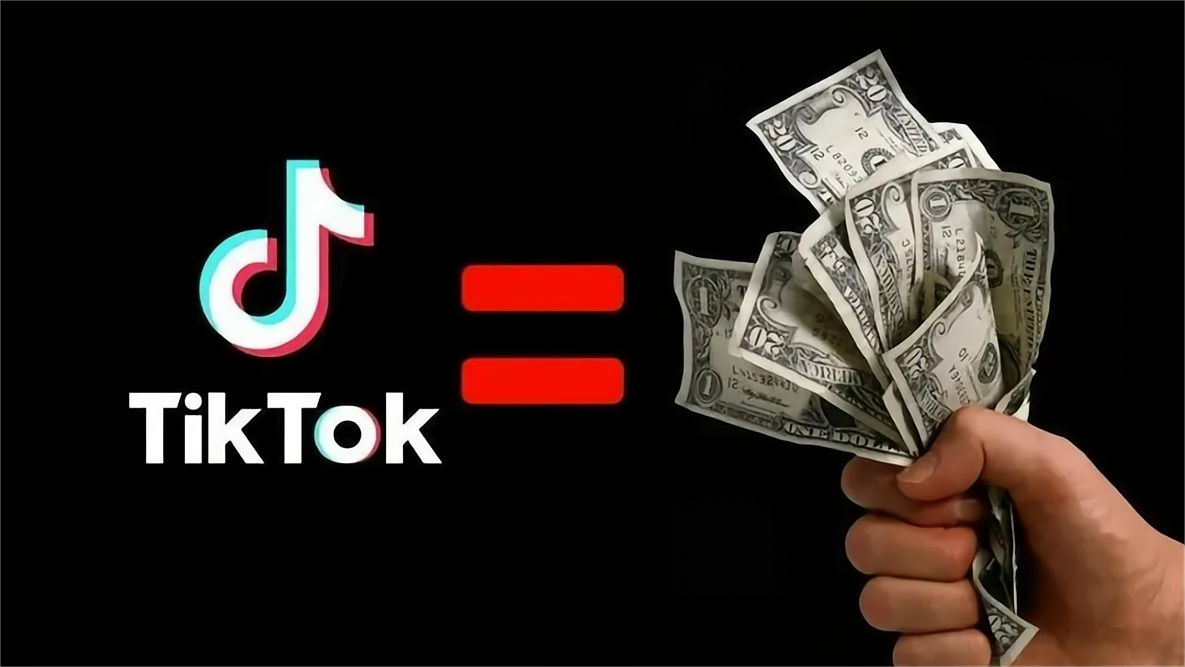Today, we’re lifting the veil on TikTok's mysterious algorithm—this “black box” that content creators either love or hate. How exactly does it work? In simple terms, we’ll explore what the algorithm is thinking and how you can use it to make your influencer collaboration videos stand out!
01. Core of the Algorithm
Personalized Recommendation Engine
The heart of TikTok’s algorithm lies in its personalized recommendation engine, which combines deep learning with reinforcement learning. Based on a paper published by ByteDance at ACM RecSys 2020, TikTok's recommendation system includes several key components:
-
Multimodal Feature Extraction
-
Video Features: Uses CNN + LSTM models to extract visual and audio features.
-
Text Features: Employs the BERT model to process video descriptions and comments.
-
User Features: Builds user profiles based on past behavior and social networks.
-
Interest Modeling
-
Short-Term Interest: Utilizes an attention mechanism to capture recent user interactions.
-
Long-Term Interest: Uses LSTM networks to model a user's long-term preferences.
-
Multi-Objective Optimization
-
CTR (Click-Through Rate) Prediction
-
Watch Completion Rate Prediction
-
Engagement Rate (likes, comments, shares) Prediction
Data shows that through this multi-objective optimization, TikTok’s average video completion rate reaches 90%, far surpassing the industry average of 50%.
02. Content Distribution Mechanism
Balancing Exploration and Exploitation
TikTok’s content distribution system skillfully balances “exploration” and “exploitation”:
-
Exploration
-
Cold Start Strategy: New content is pushed to a small audience to gather initial feedback.
-
Diversity Assurance: Uses the MMR (Maximal Marginal Relevance) algorithm to ensure diversity in recommendations.
-
Exploitation
-
Collaborative Filtering: Predicts user preferences based on a user-content interaction matrix using matrix factorization algorithms.
-
Content Clustering: Uses the K-means algorithm to cluster similar content, increasing recommendation efficiency.
According to official TikTok data, the algorithm can filter the most suitable content for a user from millions of videos in just 1.5 seconds. This efficient distribution mechanism allows TikTok to achieve an average daily video watch time of 89 minutes, surpassing YouTube’s 60 minutes.

03. User Behavior Impact Factors
Refined Weight Allocation
TikTok's algorithm assigns different weights to various user behaviors to ensure precise recommendations:
-
Watch Time: Weight 0.35
-
Full watch: 1.5x weight
-
Repeated watch: 2x weight
-
Interaction Behaviors: Weight 0.25
-
Like: 1x weight
-
Comment: 1.5x weight
-
Share: 2x weight
-
Creation Behaviors: Weight 0.20
-
Use of the same music: 1.2x weight
-
Participation in challenges: 1.5x weight
-
Follow Behaviors: Weight 0.15
-
Blocking/Not Interested: Negative weight -0.5
This refined weight distribution boosts TikTok's user retention rate to 80%, far higher than the industry average of 40%.

04. Algorithm Optimization
Continuous Learning and Adjustment
TikTok’s algorithm is not static. It continually evolves through several mechanisms:
-
A/B Testing
-
Continuously runs small-scale experiments to evaluate algorithm improvements.
-
It is reported that TikTok conducts over 10,000 A/B tests daily.
-
Real-Time Feedback Loop
-
Uses streaming processing technology to update user interest models in real-time.
-
Feedback delay is as short as 100ms, ensuring timely recommendations.
-
Preventing “Information Silos”
-
Introduces a random factor to recommend 10-15% non-related content.
-
Effectively increases user content discovery, with each user encountering 8 different content categories on average daily.
05. Future Outlook
AI-Driven TikTok Content Ecosystem
As AI technology continues to evolve, TikTok’s algorithm may advance in the following directions:
-
Multimodal Fusion: Deeper understanding of video content, including scenes, emotions, and semantics.
-
Causal Inference: Establishing causal relationships between user behavior and content features to improve recommendation accuracy.
-
Federated Learning: Achieving cross-device model training while protecting user privacy.
-
Meta-Learning: Quickly adapting to new users and content to solve the cold start problem.
Conclusion
TikTok’s algorithm is more than just a recommendation system—it's a sophisticated content ecosystem regulator. By employing deep learning, multi-objective optimization, and refined operations, TikTok has successfully created a highly personalized, high-engagement short video platform.
For content creators and marketers, understanding the intricacies of this algorithm is key to developing successful content strategies and standing out in the highly competitive short video landscape.
The genius of TikTok’s algorithm lies in its deep understanding of user behavior and precise control over content distribution. Through multimodal feature extraction, personalized recommendations, a balance between exploration and exploitation, and ongoing algorithmic optimization, TikTok has crafted an irresistibly engaging short video ecosystem. For content creators and marketers, mastering this algorithm isn't just about technical insights—it’s the key to crafting strategies that win in the fast-paced world of content marketing.
In this data-driven age, knowing how to leverage user demand and platform algorithms has become the ultimate formula for content marketing success. However, with the complexity of the algorithm and massive data involved, making accurate predictions and decisions manually is nearly impossible.


